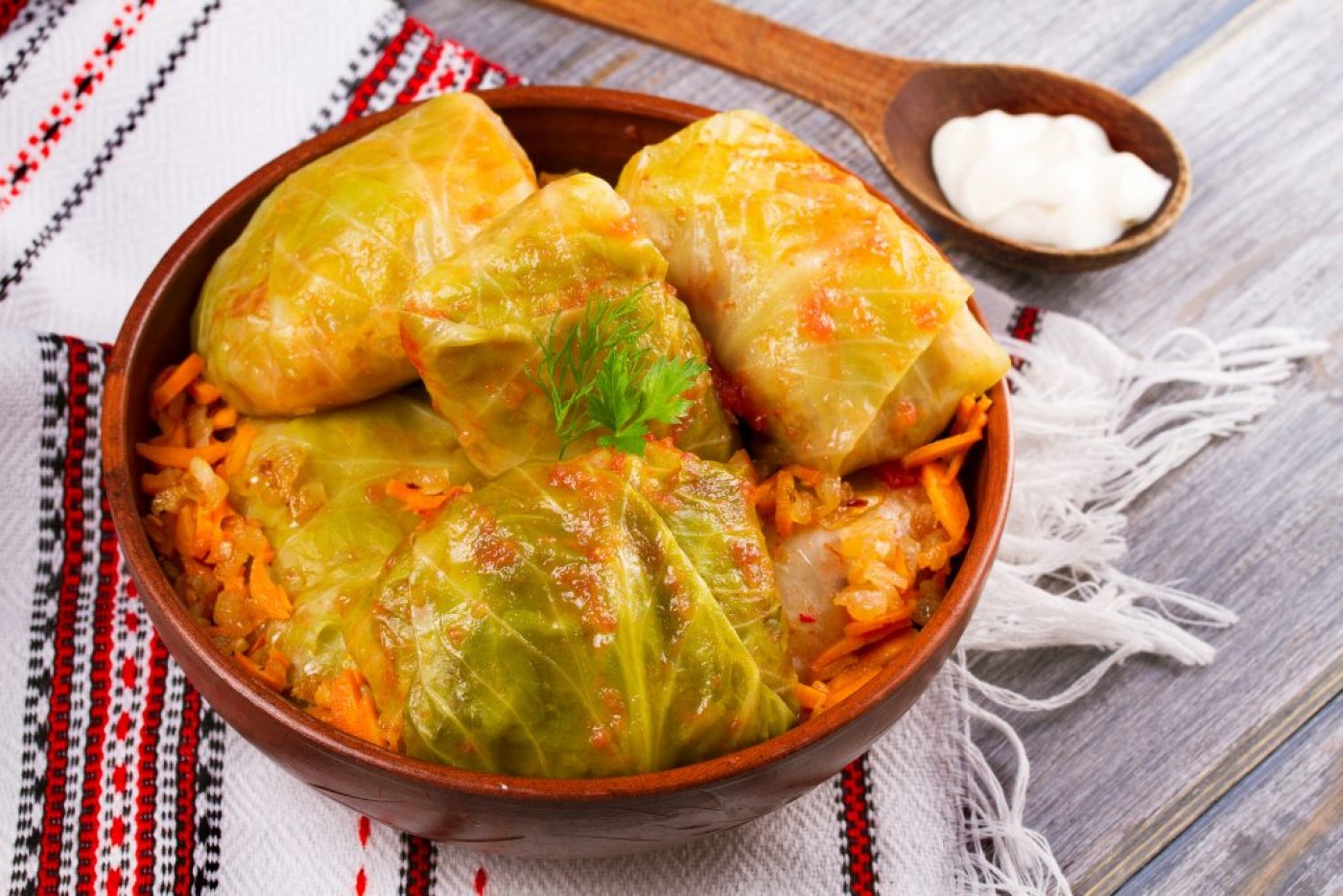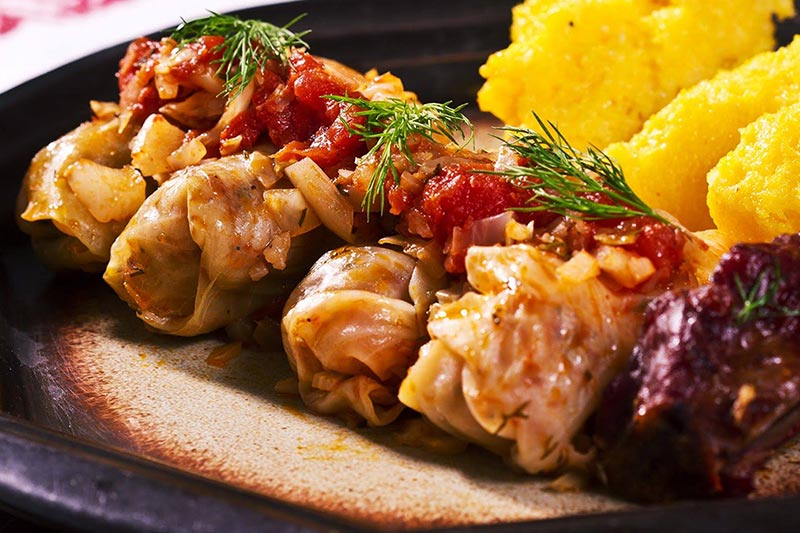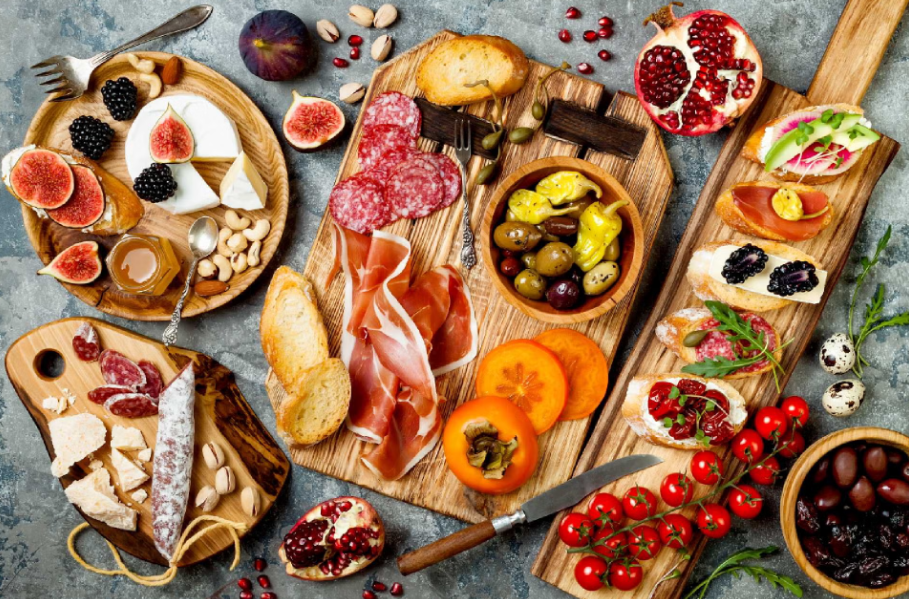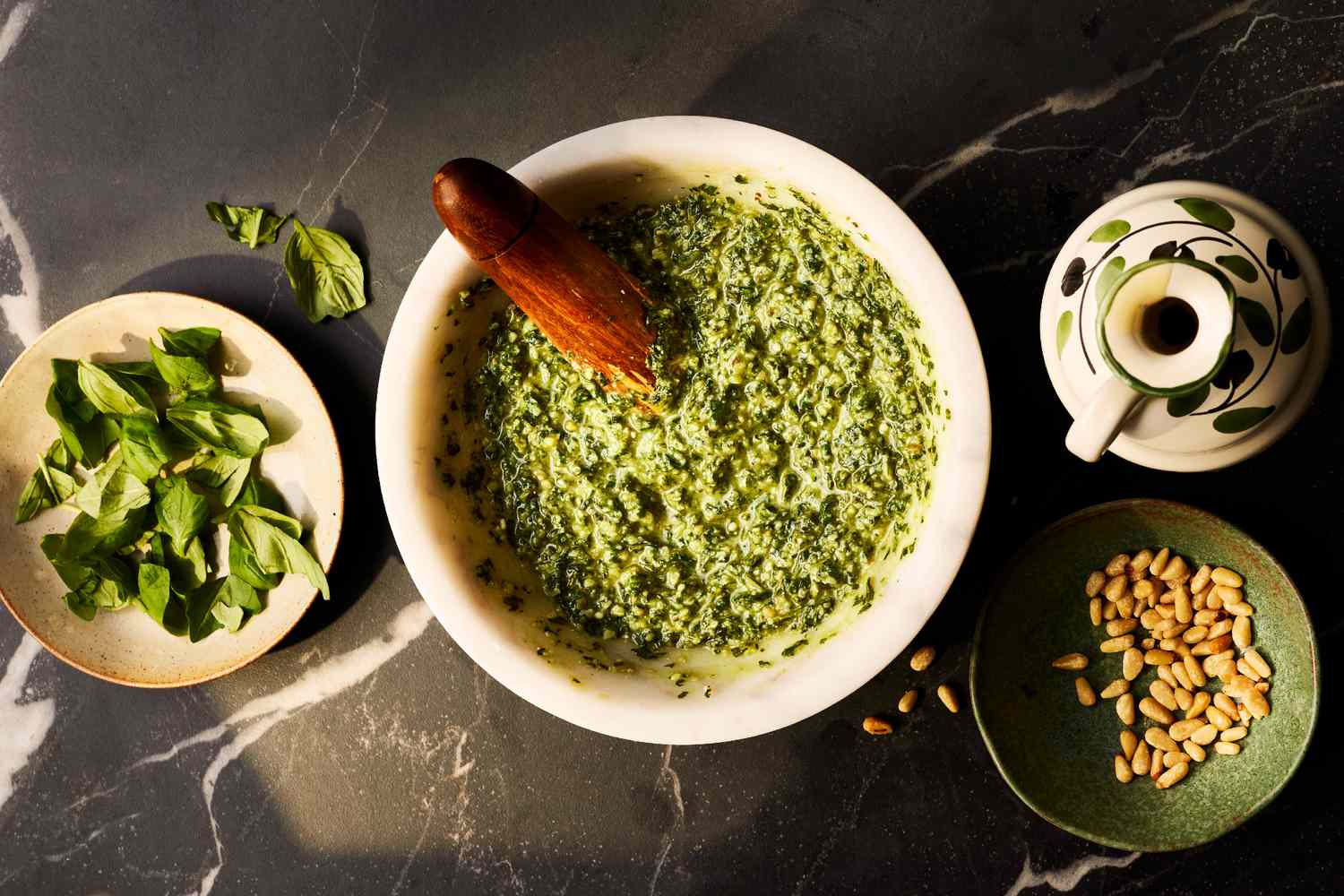Romanian Sarmale, a beloved traditional dish in Romanian cuisine, consists of cabbage rolls filled with a flavorful mixture of minced meats, rice, and spices. This dish is a staple in Romanian households and is often served on holidays, special occasions, and family gatherings. The dish combines hearty ingredients, rich flavors, and a comforting, rustic feel that makes it a quintessential part of Romanian culinary culture.
In this article, we will dive into the history of Romanian Sarmale, the ingredients that make up this dish, the traditional preparation methods, and tips on how to make authentic Romanian sarmale at home.
The History of Romanian Sarmale

The origins of Romanian Sarmale are linked to the Ottoman Empire’s influence on Eastern European cuisine. The practice of wrapping food in leaves—whether cabbage, grape leaves, or other greens—dates back to ancient times and can be found in various forms throughout Europe and the Middle East. In Romania, Romanian Sarmale became a symbol of comfort and tradition, especially during major holidays like Christmas, Easter, and New Year’s.
Though sarmale is enjoyed throughout Romania, each region may have its own variations, with differences in the type of meat used (such as pork, beef, or lamb), the spices added, and the cooking method. The common thread is the use of sauerkraut or fresh cabbage leaves, which provide the perfect wrapping for the savory meat filling.
Key Ingredients of Sarmale
Making sarmale requires a few essential ingredients that combine to create a hearty and flavorful dish:
1. Cabbage Leaves
The star of the dish is the cabbage leaf, which is used to wrap the filling. In Romania, sarmale can be made with either fresh cabbage or sauerkraut (fermented cabbage). Sauerkraut gives the dish a distinct tangy flavor, while fresh cabbage provides a milder, sweeter taste. Often, the cabbage is blanched or softened to make it more pliable for wrapping.
2. Minced Meats
The filling for sarmale typically consists of minced pork, which is the traditional choice in Romania. However, beef or a combination of pork and beef can also be used for a leaner filling. The meat is mixed with rice and seasoned with various spices.
3. Rice
Rice is added to the filling mixture to give the sarmale structure and absorb the juices from the meat. It helps keep the filling moist and provides texture. The rice is typically mixed with the meat before being wrapped in the cabbage leaves.
4. Herbs and Spices
Sarmale is seasoned with a variety of herbs and spices. Dill is a common addition, imparting a fresh, aromatic flavor. Thyme, bay leaves, and black pepper are often used to season the meat mixture. Some recipes may include onion and garlic to enhance the savory depth of the filling.
5. Smoked Meat or Bacon
To add richness and depth of flavor, smoked meats or bacon are often included in the cooking process. Smoked sausages or bacon are sometimes placed at the bottom of the pot or cooked with the sarmale to infuse the cabbage rolls with a smoky flavor.
6. Tomato Paste and Sauerkraut Juice
To cook the sarmale, a flavorful liquid is necessary. This is often a mixture of sauerkraut juice (if using sauerkraut cabbage leaves) or tomato paste with water. The liquid infuses the sarmale while it simmers, resulting in a tender filling and a rich, savory broth.
How to Make Romanian Sarmale
Making sarmale requires patience and attention to detail, but the result is well worth the effort. Here’s a step-by-step guide on how to prepare this traditional Romanian dish:
Ingredients:
- 1 large head of fresh cabbage or sauerkraut
- 500g (1 lb) minced pork (or a mixture of pork and beef)
- 100g (1/2 cup) rice
- 1 medium onion, finely chopped
- 1 teaspoon dried thyme
- 1 teaspoon dried dill (optional)
- Salt and black pepper, to taste
- 100g (1/2 cup) smoked bacon or smoked sausages (optional, but highly recommended)
- 2 tablespoons tomato paste
- 1-2 bay leaves
- Water or sauerkraut juice, for cooking
- Sour cream (optional, for serving)
Instructions:
-
Prepare the Cabbage:
- If using fresh cabbage, remove the core and blanch the cabbage head in boiling water until the outer leaves become soft and pliable. Once softened, carefully peel off the leaves.
- If using sauerkraut, rinse the leaves to remove excess salt, and separate them as needed. If the leaves are too large, cut them into smaller pieces to make wrapping easier.
-
Prepare the Filling:
- In a large mixing bowl, combine the minced pork (or pork and beef), rice, finely chopped onion, thyme, dill, salt, and pepper. Mix thoroughly until the ingredients are evenly distributed. The rice should be uncooked, as it will cook during the simmering process.
-
Assemble the Sarmale:
- Place a cabbage leaf flat on a clean surface. Spoon a small amount of the filling mixture onto the leaf (about 1 tablespoon, depending on the size of the leaf). Fold in the sides of the leaf and then roll it tightly into a cylinder, making sure the filling is secure inside.
- Repeat this process with the remaining cabbage leaves and filling. You should end up with several neatly rolled sarmale.
-
Layer the Pot:
- At the bottom of a large pot, place a layer of smoked bacon, sausages, or a few sauerkraut leaves to prevent the sarmale from sticking. Begin layering the cabbage rolls in the pot, placing them tightly together. Continue layering until all the sarmale are in the pot.
- Add a few bay leaves for extra flavor.
-
Cook the Sarmale:
- In a bowl, mix the tomato paste with water (or sauerkraut juice) to create a flavorful broth. Pour the mixture over the sarmale until they are covered with liquid. If necessary, add more water or sauerkraut juice to ensure the rolls are fully submerged.
- Bring the pot to a simmer over medium heat. Once it begins to simmer, cover the pot and cook for about 2 to 3 hours, or until the sarmale are tender and the flavors have melded together. Check occasionally to ensure there’s enough liquid and that the sarmale aren’t sticking to the bottom.
-
Serve:
- Once the sarmale are cooked, serve them hot with a dollop of sour cream on top, if desired. Sarmale are traditionally served with a side of mămăligă (Romanian cornmeal porridge) or crusty bread for a truly satisfying meal.
Serving and Variations
Sarmale is often served as a main dish, particularly during special occasions like Christmas, New Year’s, and Easter. It can also be enjoyed with a glass of vin roșu (red wine) or palincă (a traditional Romanian fruit brandy) to enhance the experience.
There are several regional variations of sarmale across Romania and in neighboring countries, including:
- Sarmale cu Mămăligă: Sarmale served with traditional cornmeal porridge.
- Sarmale de Post: A vegetarian version of sarmale made with rice and vegetables, suitable for fasting periods.
- Sarmale cu Afumătură: A version made with smoked meats for extra flavor.
Conclusion
Romanian sarmale is a comforting and rich dish that embodies the warmth of Romanian home cooking. The combination of tender cabbage leaves, flavorful meat filling, and aromatic seasonings makes it a crowd-pleaser for any occasion. Whether you enjoy it as part of a festive meal or as a hearty fatcai99 weeknight dinner, sarmale is a dish that will bring you a taste of Romanian tradition and hospitality.




